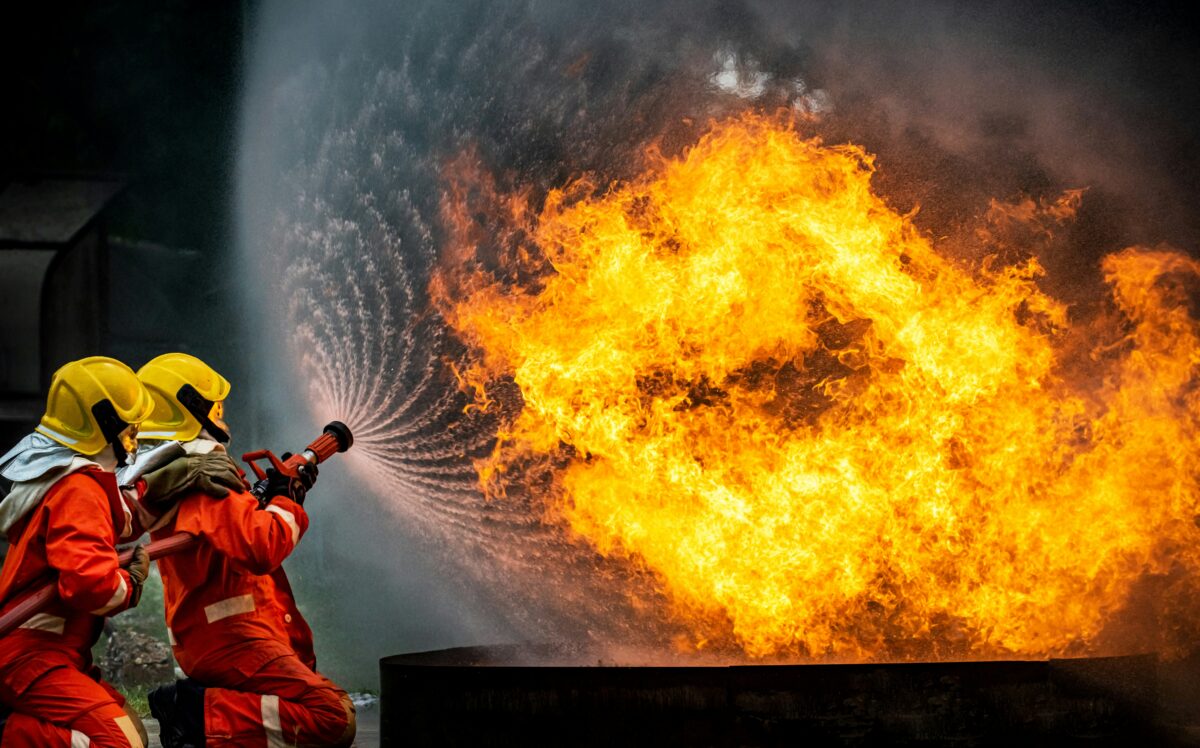Fire protection is one of the most important aspects of safety in modern society. With constant innovation, the strategies and technologies we use to prevent, detect, and suppress fires continue to evolve. These revolutionary advances in fire protection enhance safety; they save lives, reduce property damage, and create healthier environments. More intelligent systems, predictive technologies, and sustainable solutions are reshaping how people think about fire safety across industries and communities.
Smarter Fire Detection Systems
The days of simple smoke alarms are long gone. Fire detection has entered a new era with systems that use artificial intelligence and advanced sensors. Instead of waiting for visible smoke, modern detectors can identify subtle changes in air quality, temperature, and chemical signatures. These systems send instant alerts to mobile devices and monitoring centers, giving people more time to react. By detecting danger earlier and more accurately, these intelligent systems prevent minor incidents from turning into large-scale disasters.
Advanced Fire Suppression Solutions
Fire suppression has also made significant progress. Traditional methods often use harsh chemicals or excessive amounts of water, leading to further damage after a fire. Today, eco-friendly suppression technologies use water mist systems that control flames with minimal water, foam agents that contain flammable liquids, and inert gases that smother fires safely without harming people or equipment. These solutions protect sensitive areas such as hospitals, museums, and data centers while supporting environmental responsibility.
Integration with Smart Buildings

Another revolution in fire protection comes from integration with intelligent building systems. Modern fire protection no longer works in isolation. Alarms, sprinklers, and ventilation systems communicate with one another through centralized platforms. When a fire breaks out, these systems respond intelligently. For example, sprinklers target only the affected area while ventilation redirects smoke away from escape routes. Emergency lighting adjusts automatically, guiding people toward safe exits. This level of coordination reduces confusion and speeds up evacuation.
Drones and Robotics in Fire Protection
Drones and robotics are transforming how fire safety professionals manage emergencies. Firefighters now rely on drones to assess dangerous zones, locate hotspots, and map safe evacuation paths. Robots can enter areas that are too hazardous for humans, gathering real-time data and assisting with suppression efforts. In large industrial settings, drones perform routine inspections, identifying risks before they escalate into emergencies. These technologies provide crucial support to first responders while minimizing human danger.
Artificial Intelligence and Predictive Fire Safety
Artificial intelligence has become a central player in fire protection. Instead of reacting to fires after they begin, predictive systems use AI to analyze building materials, occupancy patterns, and historical fire data. This information highlights potential weak points, allowing managers to address hazards before a fire occurs. Predictive fire protection is especially valuable in industries where prevention is vital, such as healthcare, manufacturing, and warehousing. With AI-driven insights, organizations can stay ahead of risks and avoid devastating outcomes.
Eco-Friendly Fire Protection Solutions
Modern fire protection places equal value on environmental impact. Older suppression systems often released chemicals that harmed the atmosphere or left toxic residue behind. The latest innovations embrace sustainability by using biodegradable foams, halon-free gases, and water-based mists that minimize environmental and health risks. These advancements align with global goals for cleaner, safer technologies while ensuring strong and adequate fire protection.
Fire Protection in Public Spaces
These advances greatly benefit public spaces. Airports, schools, hospitals, and shopping centers require strong fire protection strategies. Modern systems improve evacuation safety through adaptive alarms, multi-sensory signals, and intelligent emergency lighting. These measures support inclusive safety by ensuring that everyone, including individuals with hearing or vision impairments, can respond quickly and effectively during a fire emergency. Communities that invest in these solutions create safer environments for all residents and visitors.
Training and Virtual Reality for Fire Safety
Training plays a vital role in adequate fire protection, and virtual reality has become a valuable tool in preparing people for emergencies. With VR simulations, firefighters, staff, and students practice real-world scenarios in a safe environment. This hands-on training builds confidence and helps individuals make calm, informed decisions when a fire occurs. By combining technology with education, virtual reality strengthens safety awareness and complements existing physical systems.
Global Impact of Modern Fire Protection
The influence of these advancements reaches far beyond individual buildings. Countries are adopting stricter building codes that require modern detection and suppression systems. International cooperation allows even developing nations to access better technologies, raising the overall safety standard worldwide. As cities expand and populations grow, the need for efficient and intelligent fire protection will only increase. By adopting these innovations, societies can protect more people and reduce the economic impact of fire-related disasters.
The Future of Fire Protection
Looking ahead, fire protection continues to evolve rapidly. Researchers are experimenting with nanotechnology coatings that prevent materials from catching fire. Fabrics designed with heat-resistant properties may soon more effectively protect first responders. The Internet of Things promises to connect every alarm, sensor, and sprinkler into unified systems that communicate seamlessly. With artificial intelligence, robotics, and eco-friendly solutions working together, the next generation of fire protection will be faster, wiser, and more sustainable.
Revolutionary advances in fire protection mark a turning point in how people safeguard lives and property. Innovative detection systems, eco-friendly suppression, AI-driven predictions, and integrated building solutions contribute to a future where fires can be managed with greater precision and less damage. These innovations protect people and property and support global efforts toward sustainability and inclusive safety. Continued investment in fire protection will ensure that communities, businesses, and governments remain prepared for the challenges of tomorrow.


